
AmSpa Events
Move Beyond Excuses: People Management with Cy Wakeman
How do you get your team to come to work joyfully? Are you setting boundaries and expectations for performance in ...
Posted By Mike Meyer, Friday, July 19, 2019
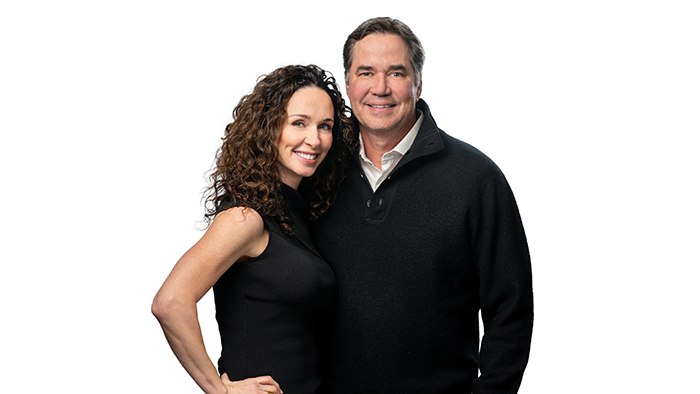
AesthetiCare Medspa is among the more successful medical aesthetic practices in the Midwest—it is so successful, in fact, that owners Matt and Kathy Taranto also operate an aesthetic medicine consulting business, MINT Aesthetics. The Tarantos their staff have been providing a wide variety of aesthetic treatments to the residents of eastern Kansas for over 18 years, and they recently spoke about their history in the industry and keys to success with AmSpa Content Writer/Editor Michael Meyer for the inaugural issue of QP.
Michael Meyer: What inspired you to open your practice?
Matt Taranto: I had been in the industry for about six years, starting in the mid '90s, and back then, all the equipment companies used independent reps—they didn't use employees. I was an independent rep, and I sold a variety of lasers, microdermabraders and skin-care products in a six-state region in the Midwest. After doing that for a while, in 2001, I decided to open AesthetiCare. At that time, the main reason was I realized that every equipment company sells the best of everything and all the reps base their sales pitches on what the company tells them. And I thought, man, I'd have a lot more credibility I actually used if the things I was selling every day in a clinic and I could tell my equipment clients, "I'm not just telling you what the company tells me to say. I'm telling you what we see in our clinic every day." So I really opened it up to be a model for my equipment. But what ended up happening was I really liked the clinic a lot and started focusing more and more time on it. So instead of just turning out to be a small little model where we used equipment, I decided to really focus on it and make it something special.
MM: What is different about your practice now versus when you opened it?
MT: Everything. I opened at 1,000 square feet and we now have 11,000 square feet. I opened with three treatment rooms and we now have 18 treatment rooms. I opened with two employees and we now have 26 employees. What happened is once we saw that we were able to make it grow, we decided to kind of pivot from what we were doing with the equipment sales and really focus more on utilizing our experience in growing a successful clinic to helping clinics all over North America realize their potential, and so we started doing a lot more business consulting using AesthetiCare as a model. We are now on our fourth physical location—we started in 1,000 square feet, we expanded to 2,200, then we expanded to 4,000, then we expanded to 6,000, and now in the same 6,000-square-foot space, we've added another 5,000, so we're up to 11,000 square feet. It's been 18 years now, and we've actually never had a year where we have not grown by at least double digits. The thing we're most proud of is we've always had this steady increase, and hopefully we'll continue to do that.
MM: What's one word you would use to describe your medical spa journey?
MT: I would say "educational." I've learned a ton.
Kathy Taranto: I would say "passion." It's something that I've found joy in every single day. It's one of those things where you continue to love it. Why wouldn't you continue to grow and enjoy it?
MM: What is your most popular treatment? Which is the one that brings in the most revenue?
MT: There are basically three treatments that we look at that make up about 65% of the revenue, and they're all pretty equal. CoolSculpting is one of them. Forever Young BBL and Halo, which we do a lot in combination, is another one. And then neurotoxins and fillers. Each one of those three brings in $1 million or so a year in revenue. The other 40% of revenue is made up from a ton of different things that we do. We have a very large menu. But those three are pretty equal as far as revenue goes.
MM: What do you think is the most important factor in your success?
KT: I really feel like it's the culture. I feel like when you create an environment that your team wants to thrive in, they want to build their own careers within your practice. Matt started the clinic before we were together, and so that was already created when I came on board. It's something that we really strive to continue with every single day, having a space that our team loves, and then that just feeds out into our patients or our client base.
MT: Right. Without a doubt, it's your team and staff. Like Kathy said, we want our staff to love their job. And the way that we do that is we pay them more than anybody else pays them. We spend more money on advanced training than any clinic I've ever seen. And we try to remind ourselves, you know, we're not curing cancer here. This is not a life-or-death situation. We should have fun. We laugh a lot and hug each other a lot and just create this environment where we just don't have turnover. Turnover is so expensive, and so many clinics don't realize that. When you lose a good provider, you don't replace that provider the next day. It takes probably a good two years to replace a really good provider. So Kathy and I both just focused on making sure that we treat our staff incredibly well. We treat them like family—like we would want to be treated. And the result is they just don't leave. We create these wonderful long-term relationships with them, and them with our clients.
KT: Because we not only have our clinic, but also have an aesthetic consulting business, we're exposed to so many other clinics and their culture, or lack thereof. One of the things that I can instantly tell is when they're afraid of the owner or afraid of the doctor or they're really not friends. It's like they just go to work. It's just this constant reminder of how important that is—this fun culture that you create at work.
MM: What makes your medical spa different from others?
MT: We have 55 aesthetic centers in a 15-mile radius of us, and we have a staff meeting every other week and we talk about that—how can we be different? What can we do? Because we're not going to be different because we offer Botox or CoolSculpting. Everyone and their sister offer that. So what makes us different? I think it's the focus that we put on customer service. We want people bragging about AesthetiCare they way they brag about Nordstrom or Disney or Ritz Carlton. But the biggest thing, as she said, is that we've trained and consulted with over 1,200 clinics, and we invest more money into advanced training for our staff than any clinic we've ever seen, because to us, it's common sense. The more we invest in them, the better they get at their treatments; the better treatments they give, the happier clients they have and the more referrals they get. I really think that focusing on an extraordinary level of customer service and making sure our staff is better trained than any of our competitors are so important to us.
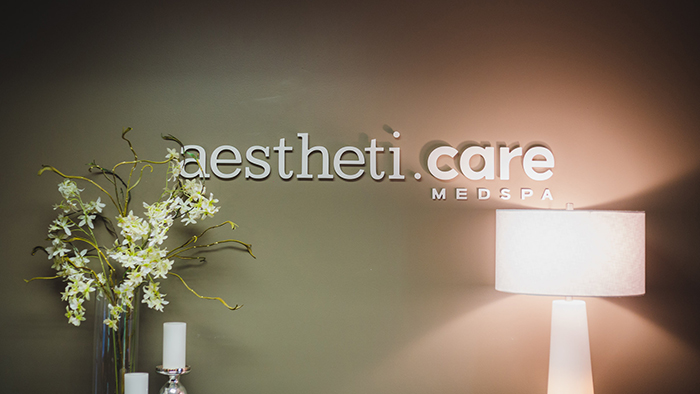
MM: What specific metrics do you use to determine success?
MT: We can look at our financial statements and see what percentage of every dollar goes to payroll, cost of goods sold, marketing, benefits, insurance, things like that, and really making sure those things stay in the zone that makes us profitable. But the other thing is really measuring your staff. For each of your providers, you should look, at every month, how much revenue are they producing, how much revenue they're producing per hour, and where that revenue coming from. It's a combination of treatments and products, and what is that ratio? We really strive to do 15 to 20% of our gross revenue in retail products.
We also look at price integrity. We work with a lot of clinics who say, "We charge $13 per unit for Botox." Then, when we do the math of what they've actually taken, we realize they charge $13, but they're only getting $10.50 because they put it on sale all the time or they're giving freebies. We really try to make sure that we have price integrity. Every month, we give all our providers a sheet showing what they produced, how that compares to the year before during the same time period, and how that stacks up against their peers. Why is the top nurse doing better than the bottom nurse? Why is the top aesthetician doing better than the bottom aesthetician? What can we learn from that?
KT: I think too, it comes down to not just the money side, but back to the fulfillment side, in terms of success—what fulfills each one of our providers? What kind of personality do they have? What fulfills us on a regular basis? It's looking at that joy you find at work—is our team happy? Do they stay with us? And looking at our turnover, or the lack thereof, I think really helps to speak to that as well.
MM: What do you love most about aesthetics?
MT: I think it's so amazing to have a career where, when you tell people what you do, they want to talk about it in detail. If I sold life insurance, nobody's going to really want to talk to me about my career that much. And nothing's wrong with that job—it's just not the most fascinating job. When I tell somebody I'm in aesthetics, man, they want to talk about it. And I love the fact that I work in a field that people find intriguing.
KT: I think for me, it is the interaction with our clients. I understand we're not curing diseases, and you don't need the treatments we offer, but these improvements you make in their skin build their confidence, and you get to know them over months and years, and you get to know their families. The connection with people is something that I've always loved within the industry. Whether it's with our patients at AesthetiCare or our clients at MINT, having that personal relationship with them is always something that I've loved.
MM: What advice would you give to other medical spa owners?
MT: The best book I ever read about business is The Customer Comes Second [by Hal F. Rosenbluth and Diane McFerrin Peters], and that book is all about how you make your staff your number-one priority. If you're going to own a business, with the financial risk and time commitment, your goal is to develop something that isn't dependent on you. The whole idea of creating a great team is that this place can run when Kathy and I are gone. And so I would say my number-one tip is make your staff your number-one priority. Number two sounds silly, but it is do everything you can to make it fun. Enjoy it. We spend too much time at work to look at it as a chore. We have a choice every day when we walk through the door—what type of attitude are we going to bring to the workplace? And if we're going to put in our 40, 50, 60, 70 hours a week, man, let's laugh a lot. Let's joke around a lot. Let's have some fun. I think when you combine those two things, it's a good recipe for business.
KT: I definitely agree. I think the other thing that I commonly see that I feel like we're always helping our consulting clients with is just looking at their numbers. For me personally, the team and the fun and all that comes more naturally. The numbers, for me personally, don't come as naturally, which is great because it does for Matt. But most people don't have a Matt and Kat—they have just one person who owns the clinic, and maybe they have a manager and maybe they don't. And so they just tend not to really look at their numbers. They don't have anybody to help them with their numbers. And then they come in here and they're shocked to see they're not making money. Take a look at your numbers. Find somebody that can help you or pay somebody to do it for you, but really take a close look and understand where you are with that.
MT: I think Kathy has a good point—understand your business. I think one thing we see, to that point, is that so many of these clinics are owned by a doctor who also has a medical practice. It might be a derm or plastic or whatever, and their medical practice may be doing very well. They lump all those numbers together and say, "Oh yeah—we're doing pretty well." Then, when you break out the aesthetic number that the medical practice is supporting, your aesthetic practice is actually losing money, and it's eye-opening.
Also, one thing we get a lot in this day and age is people saying, "Oh man, there's so much competition. So many people are doing it, I don't know if I should do it. Is there enough business?" Never worry about competition. We've worked with over 1,200 clinics; I would tell you 80% are never going to get the right way to do this business. It'd be great to have a goal to be the greatest med spa in the world, but be the greatest one in your geographic area—maybe a 10- to 15-mile radius of you—and that's doable. When the number one procedure in the United States is Botox and only 3% of Americans have ever tried Botox, there's a lot of room for growth.
AmSpa members receive QP every quarter. Click here to learn how to become a member and make your med spa the next aesthetic success story.
Related Tags
Medical spa news, blogs and updates sent directly to your inbox.

AmSpa Events
How do you get your team to come to work joyfully? Are you setting boundaries and expectations for performance in ...
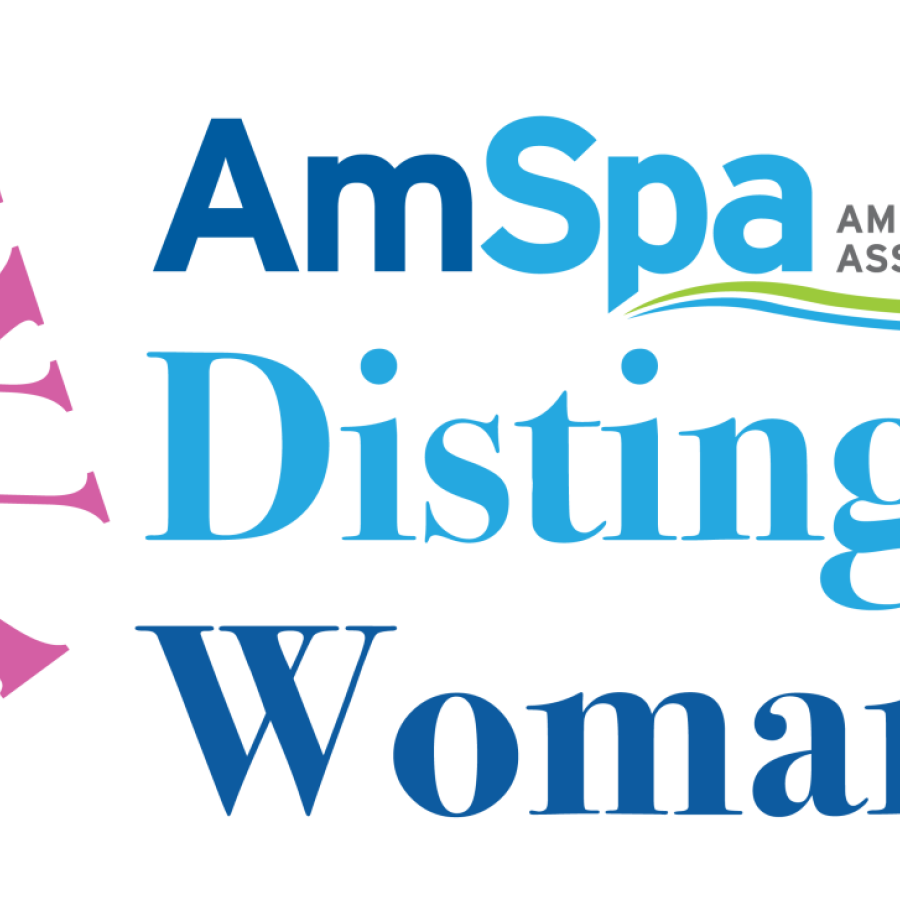
AmSpa Events
The American Med Spa Association (AmSpa) has announced its list of Distinguished Women in Medical Aesthetics 2025, recognizing 25 visionary ...
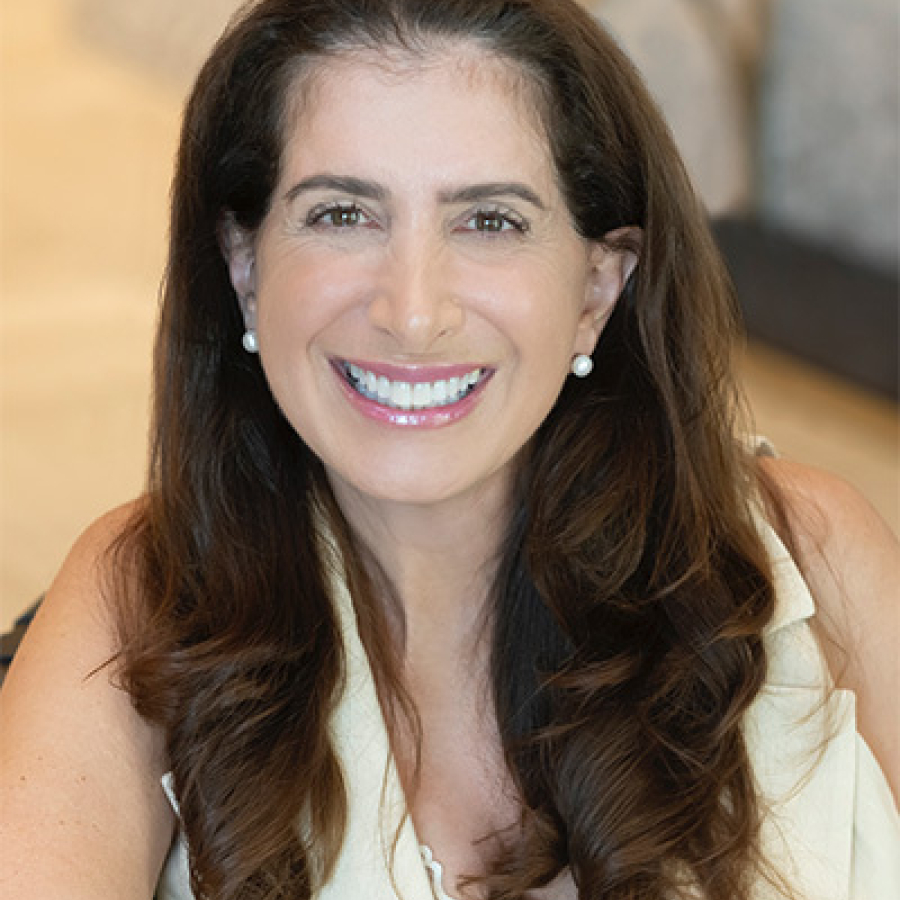
AmSpa Events
How Lisa Lickstein and Her Team at Lickstein Plastic Surgery Are Redefining the Standards of Aesthetic Patient Care Through Unreasonable ...
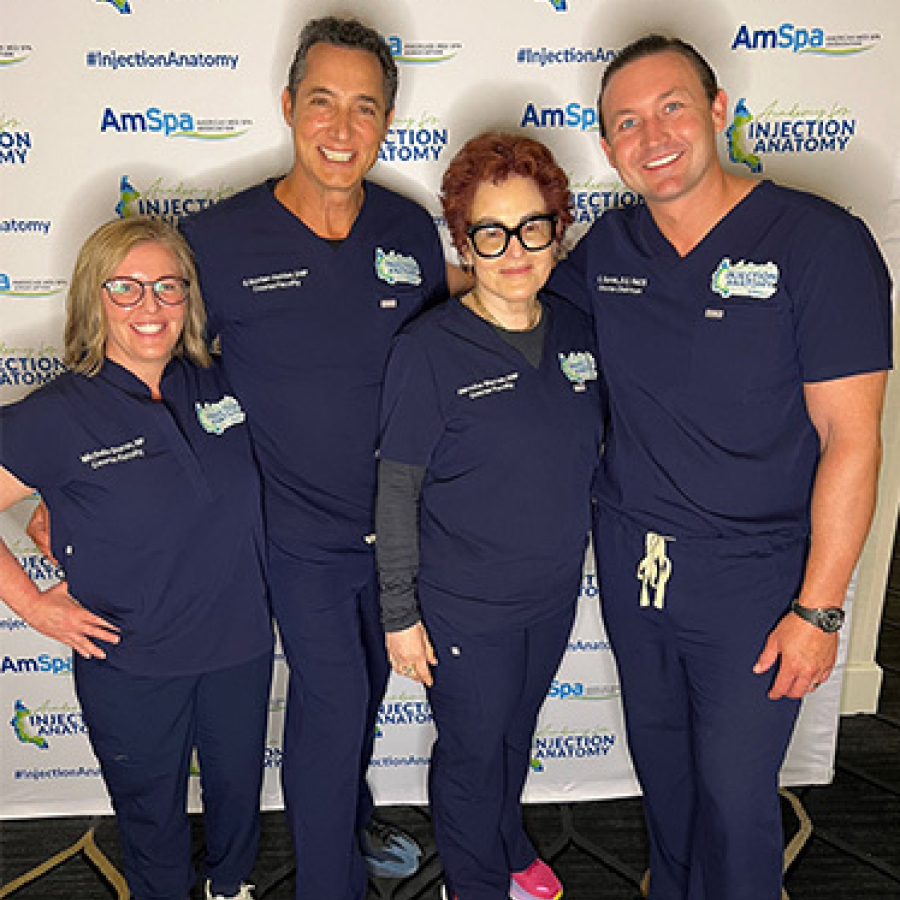
Clinical
By Madilyn Moeller, Marketing Content CoordinatorMichelle Doran, MSN, APRN, BC, CANS, spoke to Alex Thiersch, JD, on AmSpa’s Medical Spa ...